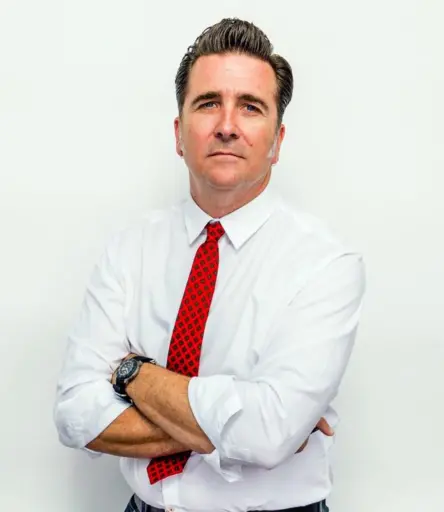
Adam Steltzner
Engineering Fellow,
CalTech/NASA Jet Propulsion Laboratory
Chief Engineer, Mars 2020 Project
PhDEM ’99
(BSME ’90, UC-Davis; MS applied mechanics ’91, Caltech)
Each year, the College of Engineering recognizes outstanding alumni during Engineers’ Day—a celebration of engineers, held on Homecoming weekend. Adam was among 10 engineers to receive awards in 2017 at an Oct. 20 banquet.
We honored him for pioneering accomplishments that have yielded new ways to explore and expand the knowledge of our universe.
Recently, we chatted with Adam about everything from his memories as a student at UW-Madison to his career and his family. Here are his responses to some of our questions.
Why did you choose to attend UW-Madison for your PhD?
My first wife and I were looking for a place to go to return to grad school. We looked in several locations and we happened to come to Madison on the first stunningly beautiful spring day. It’s a beautiful place with great people and a great school. Everybody was incredibly kind, pleasant and friendly. We were sitting on the Memorial Union Terrace having a beer, stunned by what we saw. Somebody came up to us and said, “Are you going to the party?” and we said, “Party?” and they said, “Yeah, the Mifflin Street Block Party. It’s down that way, turn left here, turn right here.” So, we went and it sealed the deal.
How did you initially get into engineering?
After high school, I played rock and roll around the San Francisco Bay Area. As I was heading out from playing a show one night, I noticed that the constellation of Orion was in a different place in the sky than it had been when I arrived to play the show, and I got curious about that. I went down to a local community college to take an astronomy course, which happened to be a prerequisite for a physics course, so I took physics and here I am.
Did you have a favorite engineering class while you were here?
Continuum mechanics because it’s the foundation for several different fields: fluid mechanics, solid mechanics, fracture mechanics. So many fields start from the basic essential study of continuum.
What’s your fondest memory of your time on campus?
The Memorial Union Terrace is one of the best places on earth. It’s really a remarkable physical and cultural space. Hanging out at the Terrace, playing hearts on a Friday afternoon in the spring or early fall are some of my favorite memories. I’ve been around the world a bit, and there are not a lot of places where you can have a beer and a brat, watch people sail, look out a beautiful lake with the backdrop of a beautiful old building, and just be surrounded by beauty.
How did your experience in the College of Engineering benefit you in your career?
I really got to teach, not just grade papers. I taught every lecture. I organized every lecture. I did not choose the textbook, but the exams were my own and the lectures were my own. The act of teaching was really good for me because, if you can teach it, you really understand it. I think the things I understand best are the things that I was forced to teach.
Of what professional accomplishment are you most proud?
Landing the Curiosity rover on Mars on August 5, 2012. I led the team that invented, developed, tested and operated the landing system that got Curiosity to Mars. We had invested 10 years of our lives in creating this rover and landing it on the moon. To have it come off without a hitch is, frankly, mind-numbing. I was kind of walking around in the clouds—in disbelief that, all of a sudden it was over, and it had worked.